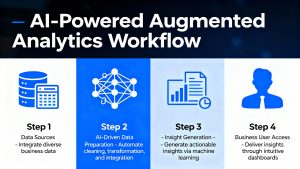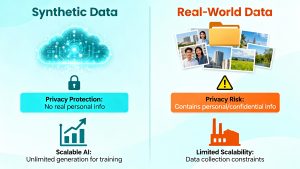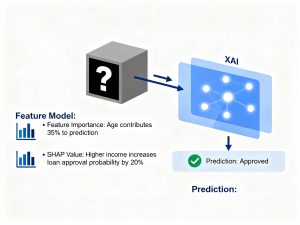The rise of AI agents is transforming how users interact with technology, enabling systems that perceive environments, make decisions, and execute tasks to achieve defined objectives. Google’s Gemini models, renowned for their advanced reasoning, multimodal capabilities, and robust function calling, have become a cornerstone for AI agent development. When combined with a dynamic ecosystem of open-source frameworks, developers gain the flexibility to build highly sophisticated agentic applications.
This article explores the process of building AI agents using Google Gemini models paired with leading open-source frameworks such as LangGraph, CrewAI, LlamaIndex, and Composio. Each framework brings unique strengths to agent development, catering to a variety of use cases.
Why Choose Google Gemini Models for AI Agents?
Advanced Reasoning and Planning
Gemini models, including the latest Gemini 2.5, excel in logical reasoning and can decompose complex tasks into actionable steps. This capability is essential for creating agentic workflows that require nuanced decision-making.
Native Function Calling
With built-in function calling, Gemini models empower agents to interact seamlessly with external tools, APIs, and data sources. This enables agents to perform real-world actions and integrate deeply with existing digital ecosystems.
Multimodal Understanding
Gemini’s ability to process text, images, audio, video, and code unlocks new possibilities for agents to interact with diverse data types, making them more versatile and context-aware.
Large Context Window
Models like Gemini 2.5 can process up to 1 million tokens, with future versions expected to handle even more. This allows agents to maintain context across extended interactions and manage complex, multi-step tasks effectively.
Agentic Open Source Frameworks: An Overview
Selecting the right framework depends on the specific requirements and goals of the AI agent. Below is a breakdown of popular open-source frameworks, each offering distinct advantages for agent development.
LangGraph
Stateful, Multi-Actor Workflows
LangGraph, an extension of LangChain, enables the creation of stateful, multi-actor applications by modeling workflows as graphs. Each node represents a step—such as an LLM call or tool execution—while edges define the control flow. This structure is ideal for complex workflows where transparency and control over the agent’s reasoning are crucial.
When paired with Google Gemini models, LangGraph leverages advanced reasoning and function calling at each step, supporting iterative reflection and dynamic tool use.
CrewAI
Collaborative, Autonomous Agents
CrewAI is designed to orchestrate autonomous AI agents that collaborate to achieve intricate goals. Developers can define agents with distinct roles, objectives, and backgrounds, then assign tasks accordingly. CrewAI integrates seamlessly with Google Gemini models, utilizing their strong reasoning and language understanding for each agent’s specialized function. This fosters effective collaboration and robust task execution.
LlamaIndex
Knowledge-Driven Agents
LlamaIndex specializes in building knowledge agents by connecting large language models to proprietary data. It excels in data ingestion, indexing, and retrieval, enabling the automation of diverse knowledge work. Direct integration with Gemini models allows for advanced embedding generation, retrieval strategies, and response synthesis based on private datasets. LlamaIndex supports both text-only and multimodal Gemini models, facilitating retrieval-augmented generation (RAG) over text and images.
Composio
Simplified Tool and API Integration
Composio focuses on streamlining the integration of external tools and APIs within AI agents. It provides a managed layer for authentication and execution of a wide array of pre-built tools, acting as a universal connector. Developers can quickly equip agents to interact with platforms like GitHub, Slack, Google Workspace, and Notion without managing individual API authentications. Leveraging Gemini’s function calling, Composio enables agents to intelligently select and utilize these tools for a broad spectrum of real-world tasks.
Best Practices and Next Steps
- Select the appropriate framework based on project requirements—LangGraph, CrewAI, LlamaIndex, Composio, or others.
- Define the agent’s purpose and scope, outlining the tasks it must accomplish.
- Adopt an iterative development approach. Start with a simple prototype, test regularly, and refine prompts, tools, and logic as needed.
- Explore advanced agentic patterns such as self-correction, dynamic planning, and memory to enhance agent robustness.
- Master prompt engineering to maximize Gemini’s agentic capabilities.
- Dive deeper into function calling and end-to-end agent development with Google Gemini models by exploring comprehensive resources and tutorials.
By leveraging Google Gemini models alongside open-source frameworks, developers can create powerful, flexible AI agents tailored to a wide range of applications. This combination unlocks new possibilities for automation, collaboration, and intelligent decision-making in modern digital environments.
Read more such articles from our Newsletter here.



